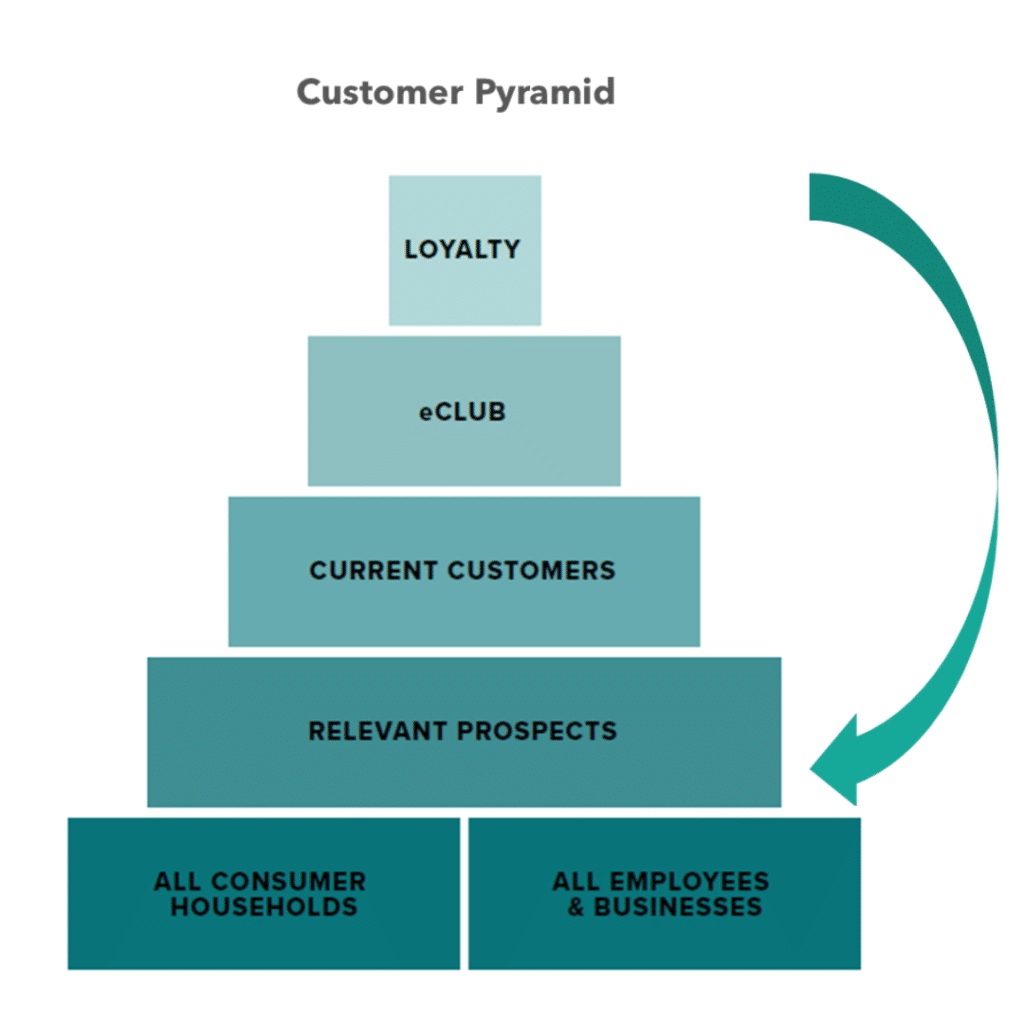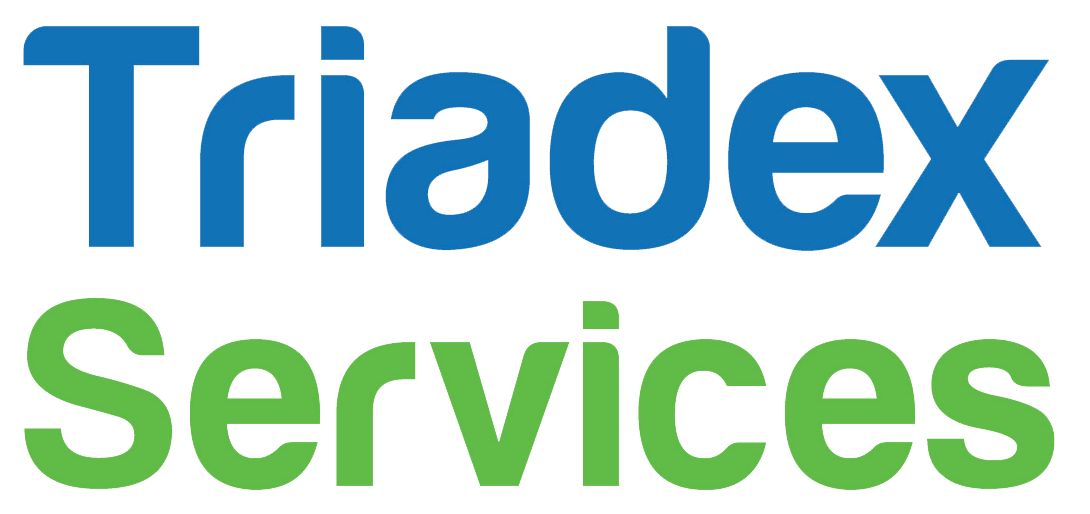How to Turn Data Into Sales with Advanced Targeting
05/16/24
In today’s digital world, companies are flush with customer data – everything from purchase history to demographics to website visits and more. However, few businesses know how to turn that data into insights that will help drive additional sales. How do you turn data into sales? You start with better targeting. Research shows that a whopping 60% of a campaign’s success lies in whom you target, 20% comes from the creative, and the final 20% from the offer.
In this article, we’ll dive into the methods that will help you target the people that are most likely to respond to your marketing. Doing so allows you to do more with less, increasing your sales and marketing ROI.
Understanding the Customer Pyramid
You can look at your customers and the potential consumers around you like layers in a pyramid. At the foundation are all consumer households, as well as the employees of the businesses around you. At the top are your most valuable and loyal customers. By evaluating the characteristics of those at the top, and finding similar consumers at the bottom, you can uncover valuable prospects.

Leveraging Customer Data
Another key to effective targeting is using the data from your customer databases, whether that be from a CRM (customer relationship management) system or loyalty database, segmenting your customers is a key first step. Whether you use RFM (Recency, Frequency, Monetary value) or the date they joined your database, analyzing customer behavior patterns provides invaluable insights into their preferences and behaviors. This segmentation allows you to tailor your marketing efforts to specific audience segments to maximize engagement and conversion rates.
Looking Beyond Email
While email marketing remains a powerful tool in the marketer’s toolbox, it does have limitations. Only about half of your email recipients engage with email content, even though they most likely opted in to receive them. The 50% who do not engage are ripe for targeting with different tactics, such as direct mail or text message, providing you an opportunity to connect with audiences who may have otherwise been missed.
Targeting Businesses & Employees
To expand your reach and improve campaign effectiveness, you can target nearby businesses and their employees. Using geolocation technology, you can target cell phone devices within office spaces and send them targeted digital ads. You can also send direct mail to nearby establishments in order to extend your audience.
Marketing to Your Competitors’ Customers
Another effective tactic for targeting is conquest marketing. Using the same geolocation technology referenced previously, you can detect and target patrons in your competitor locations, enticing them with tailored offers once they leave.
Segmenting Your Locations
Segmentation isn’t limited to customer data; it extends to the market itself. By categorizing your stores based on the demographics and behaviors of the customers by location, you may find similarities among your urban, rural, or suburban stores. For example, a haircutting business may find more young professionals who visit more frequently but spend less time per visit in its urban locations, while their surburban stores have more parents with children that come less frequently. Gaining this level of insight allows you to customize your creative and offer to your different audience types.
Elevating to More Advanced Targeting Methods
Let’s look at the various methods of targeting, from least advanced to most advanced.
Carrier Route
This is the most rudimentary form of targeting, which includes entire zip codes for broad reach.
Demographics
Adding another dimension to carrier route, this allows you to tailor campaigns based on age, income, and other demographic factors.
Clusters/Groups
A more advanced segmentation method is utilizing tools like Prizm and Personix to categorize households into distinct groups. Examples include Upper Crust, Kids & Cul-de-sacs, and Urban Elders.
Custom Models/Propensity
The most advanced, and generally most effective, targeting is custom propensity models. These leverage predictive modeling to identify prospects who are most likely to respond to your offer.
Targeted marketing isn’t just a strategy; it’s a roadmap to your success in a competitive marketplace. By understanding your audience, leveraging data-driven insights, and adopting innovative targeting techniques, you can drastically increase your sales while spending less on marketing.
If you’re ready to begin taking more thoughtful control over your marketing efforts, we invite you to contact us today. Our business is the success of your business. Let’s get started.

